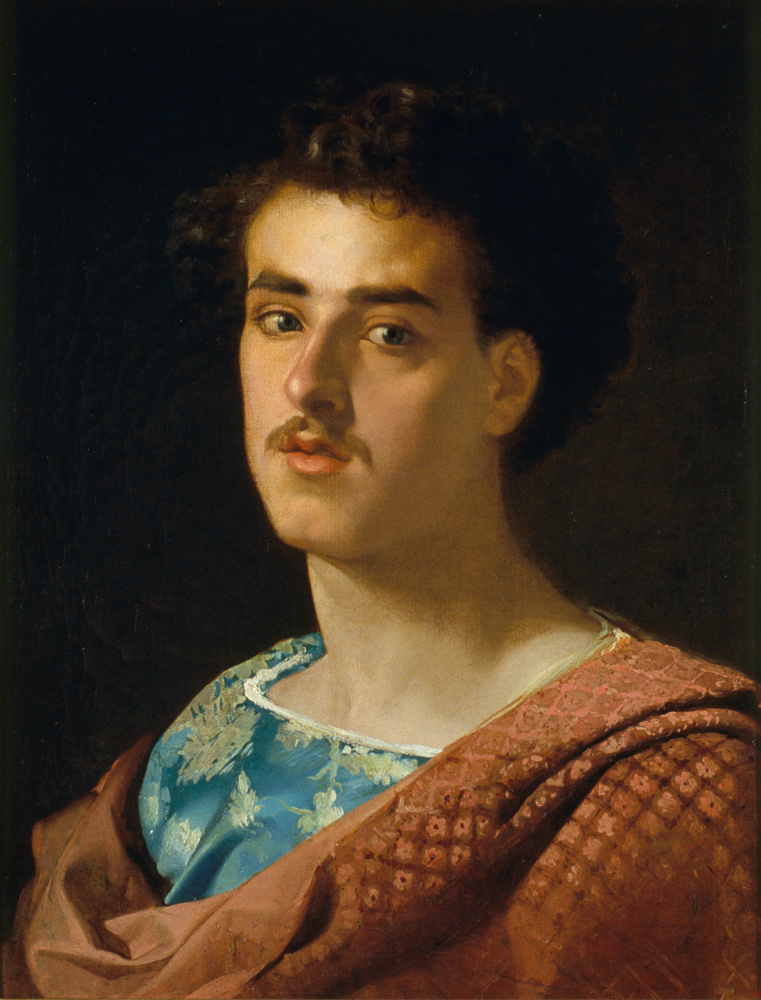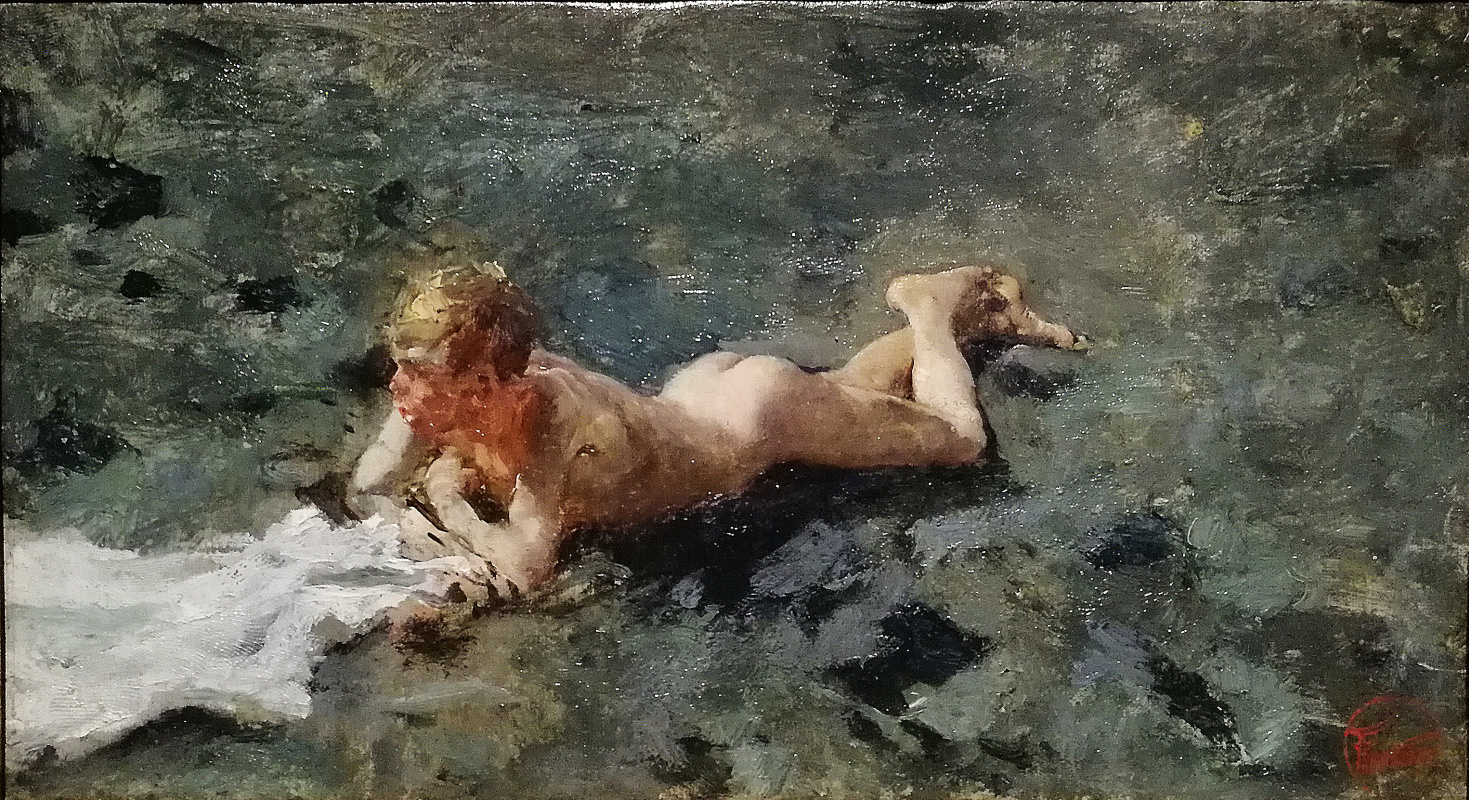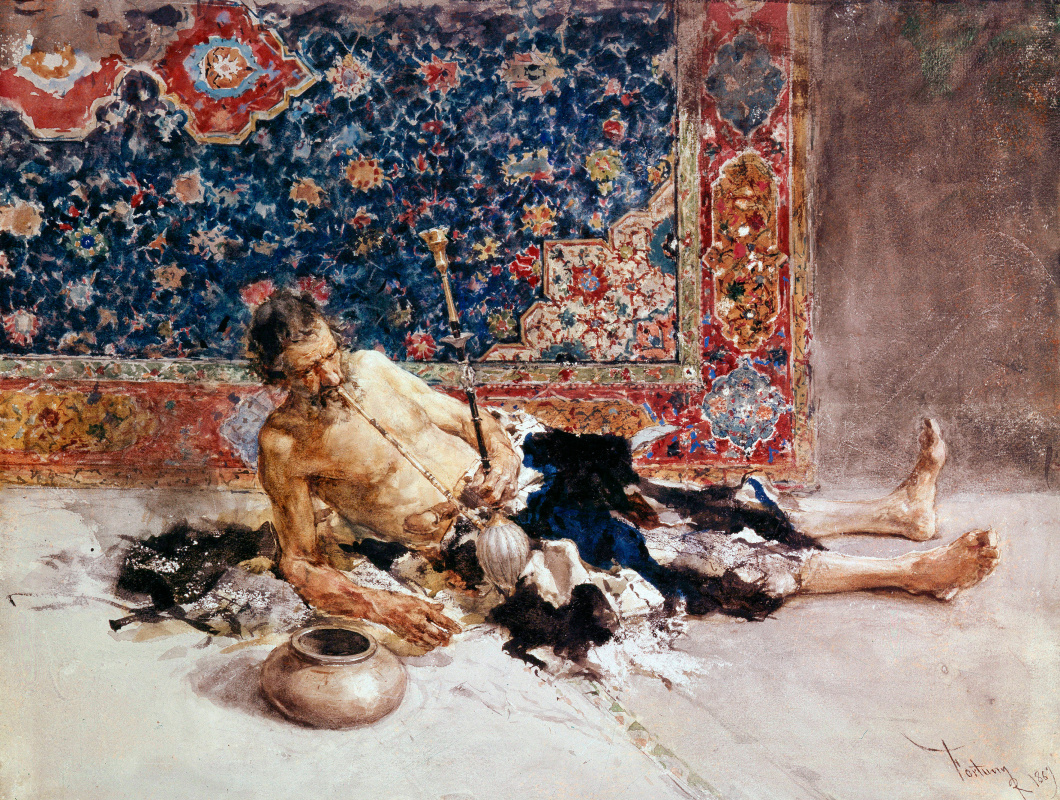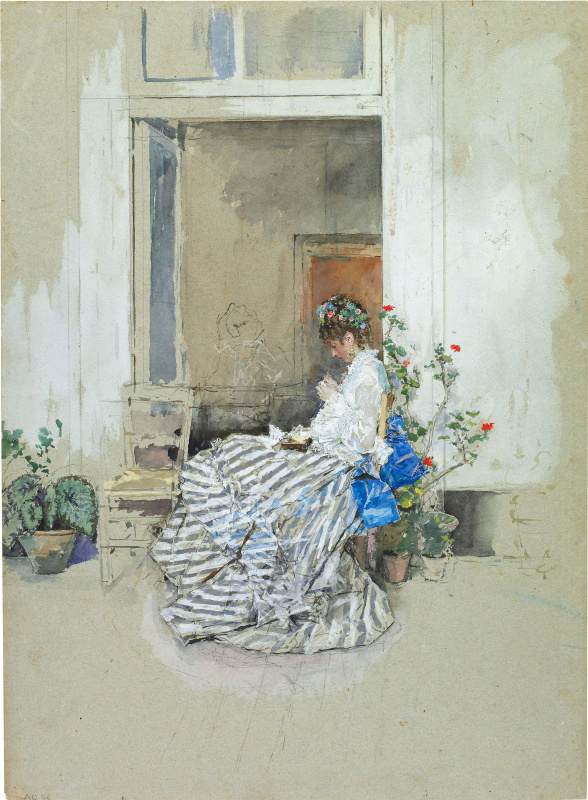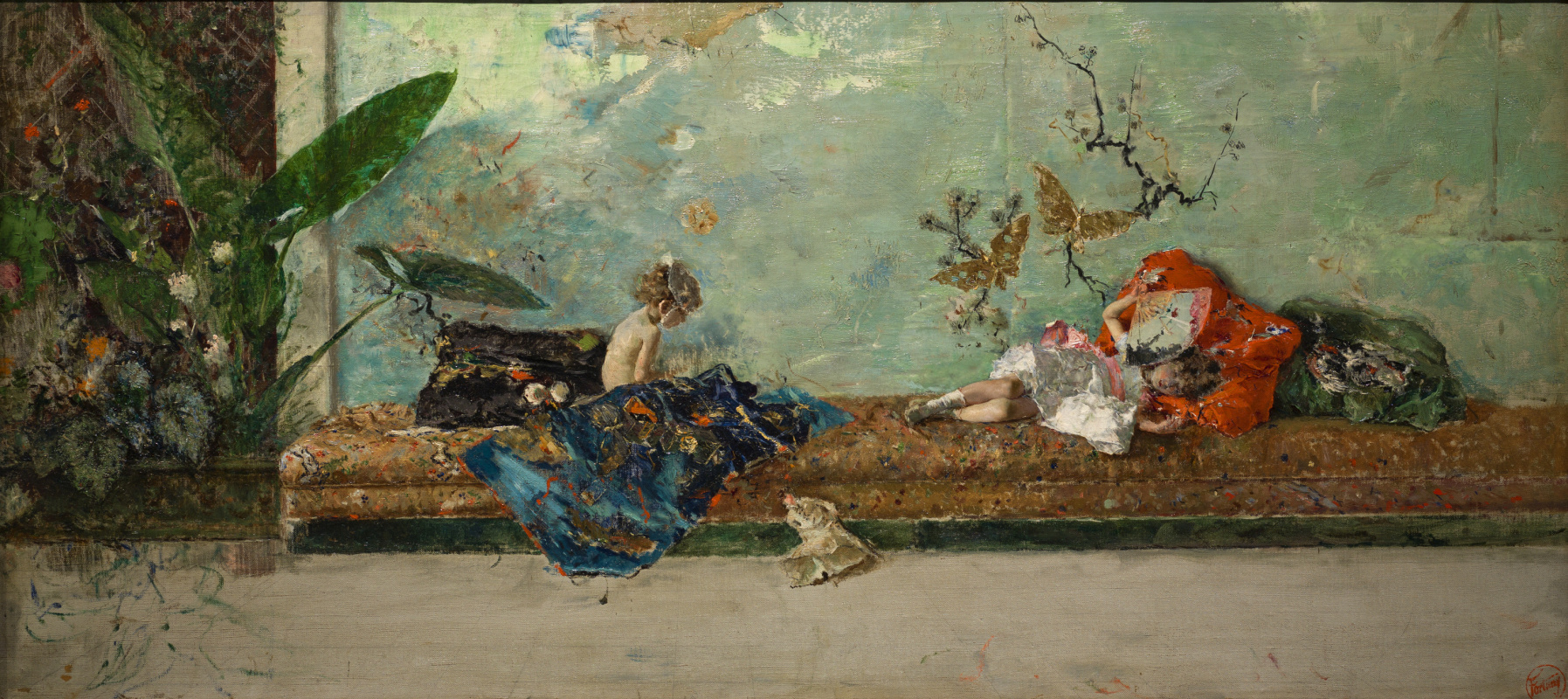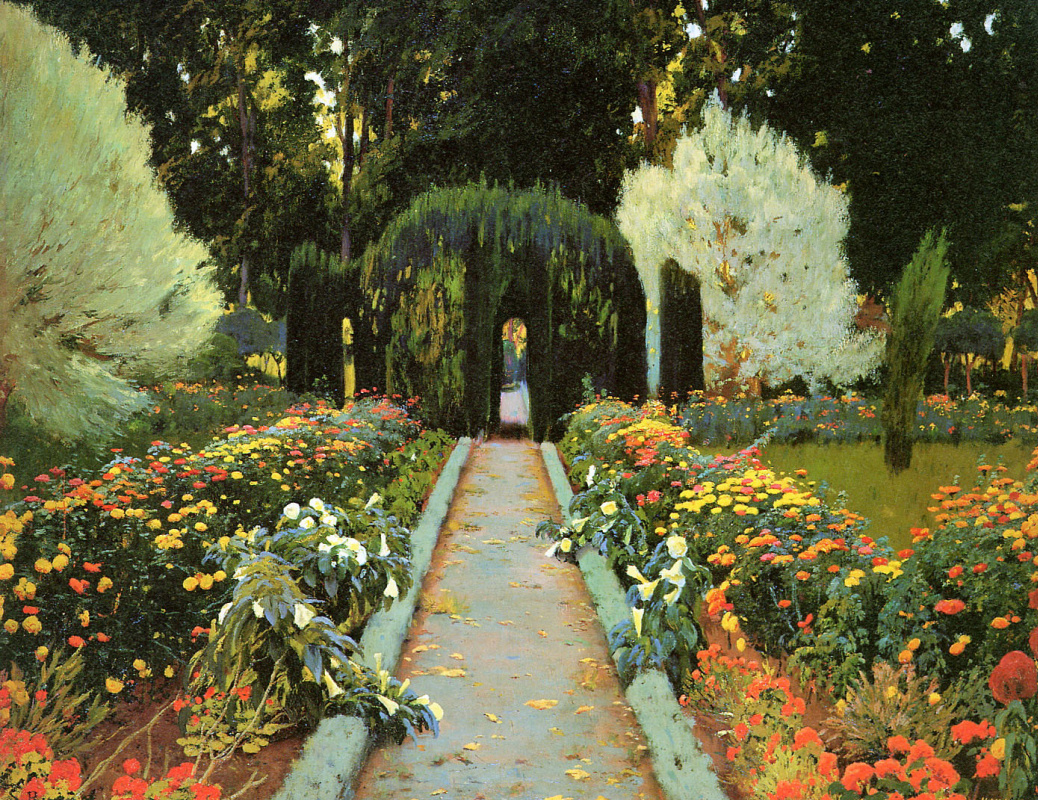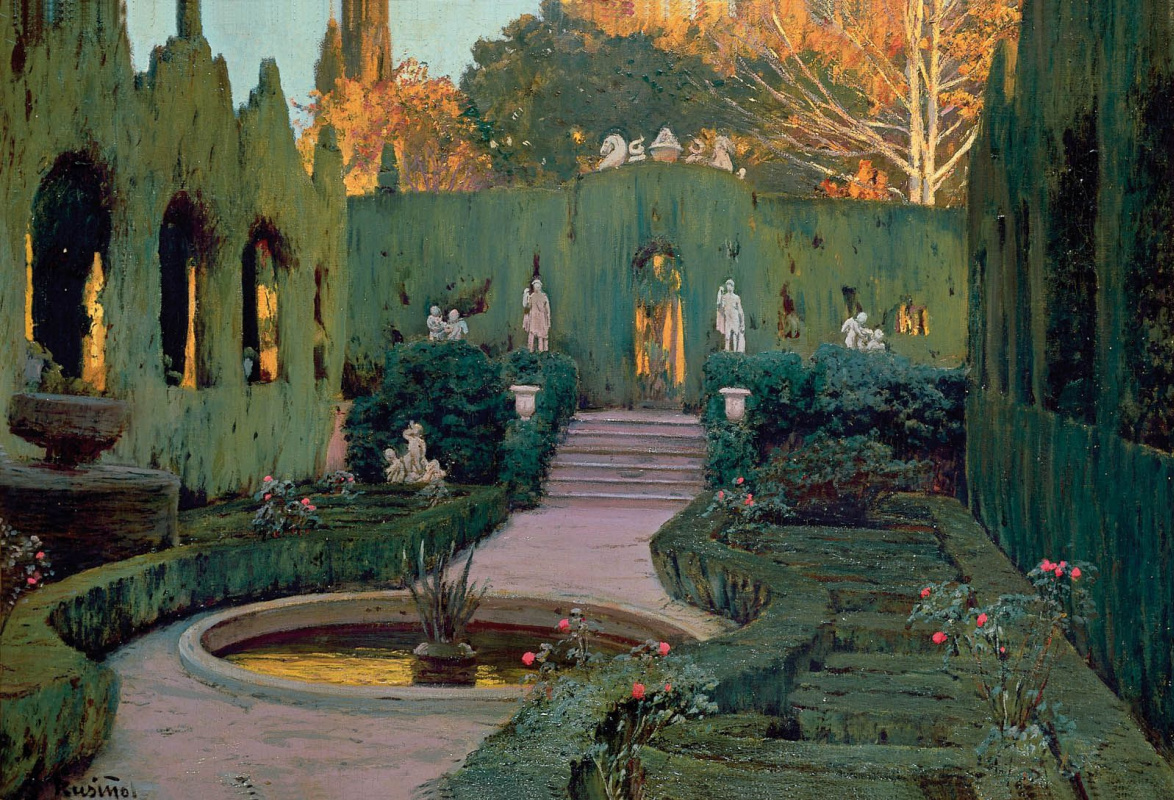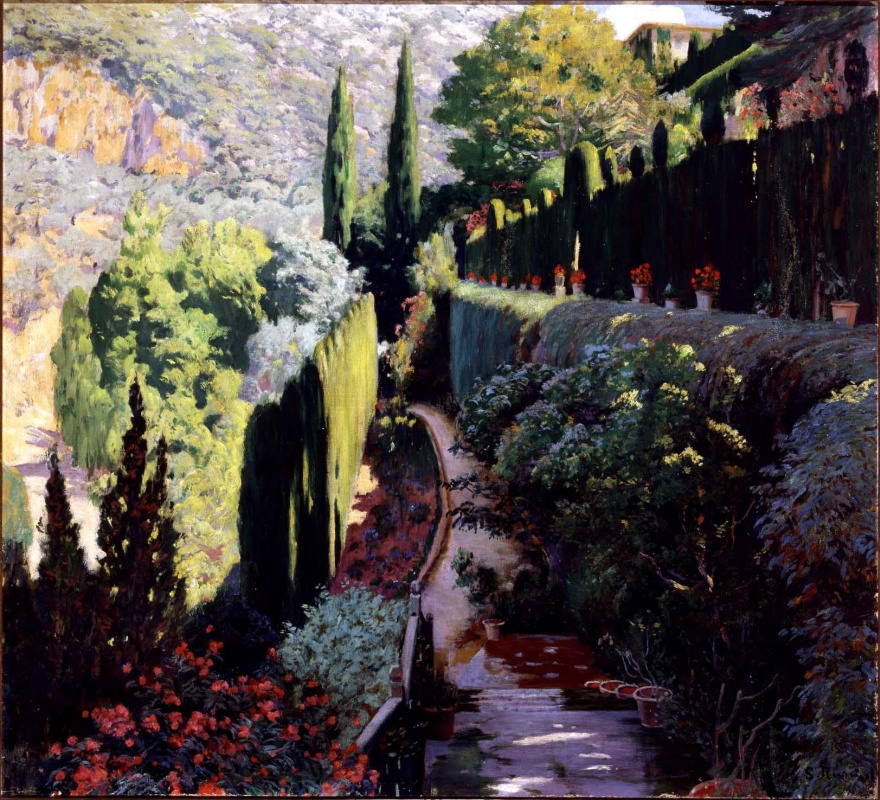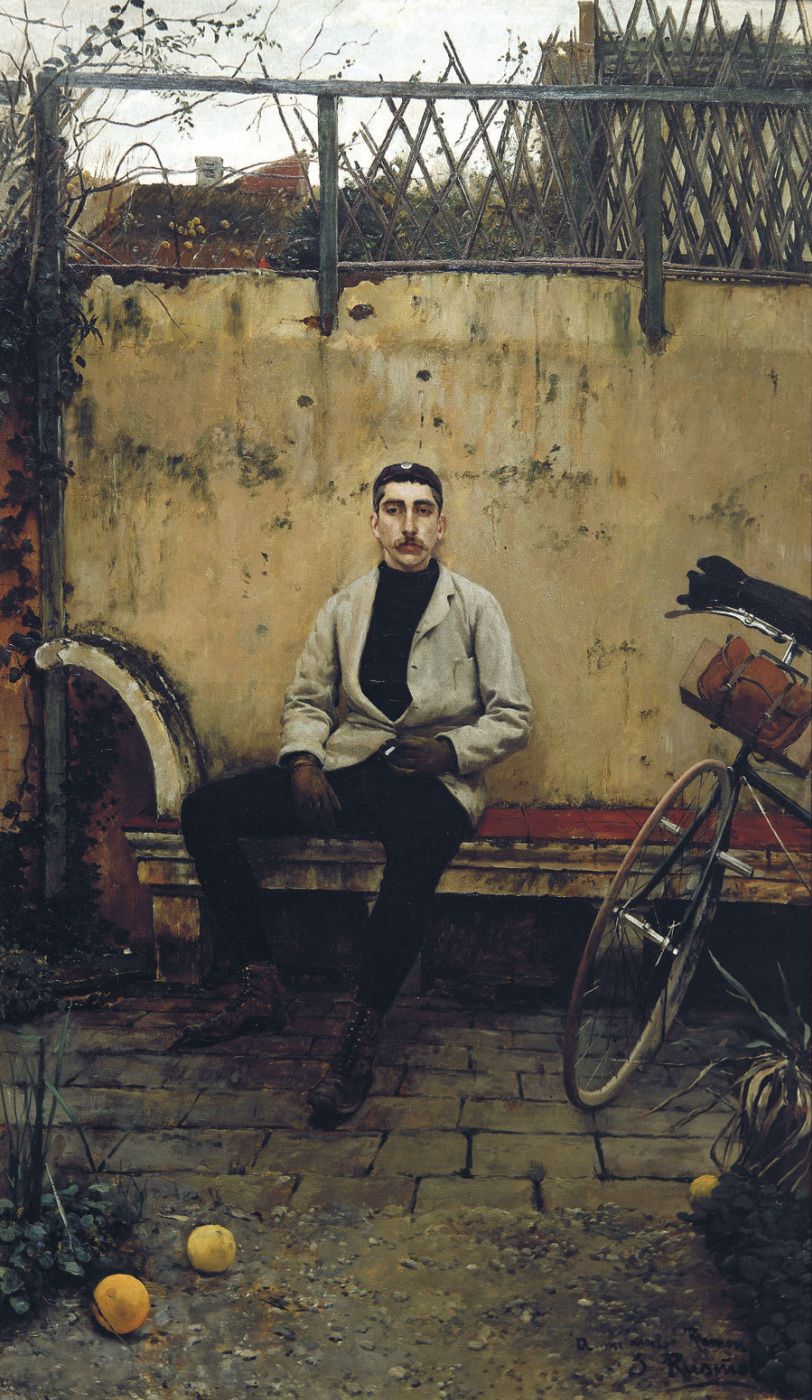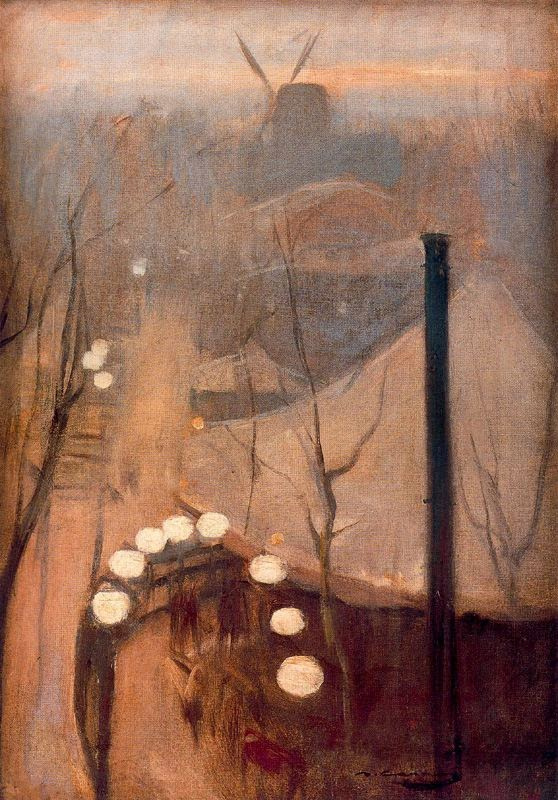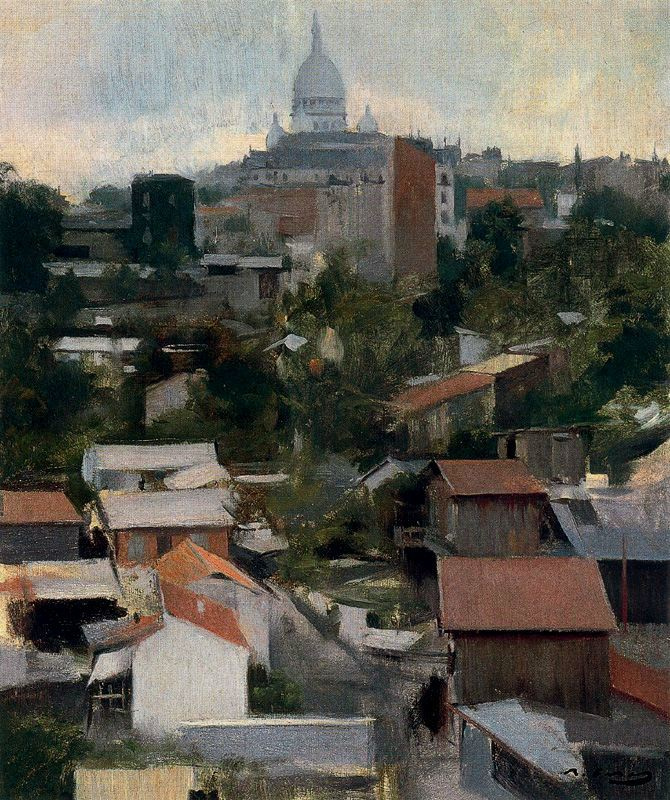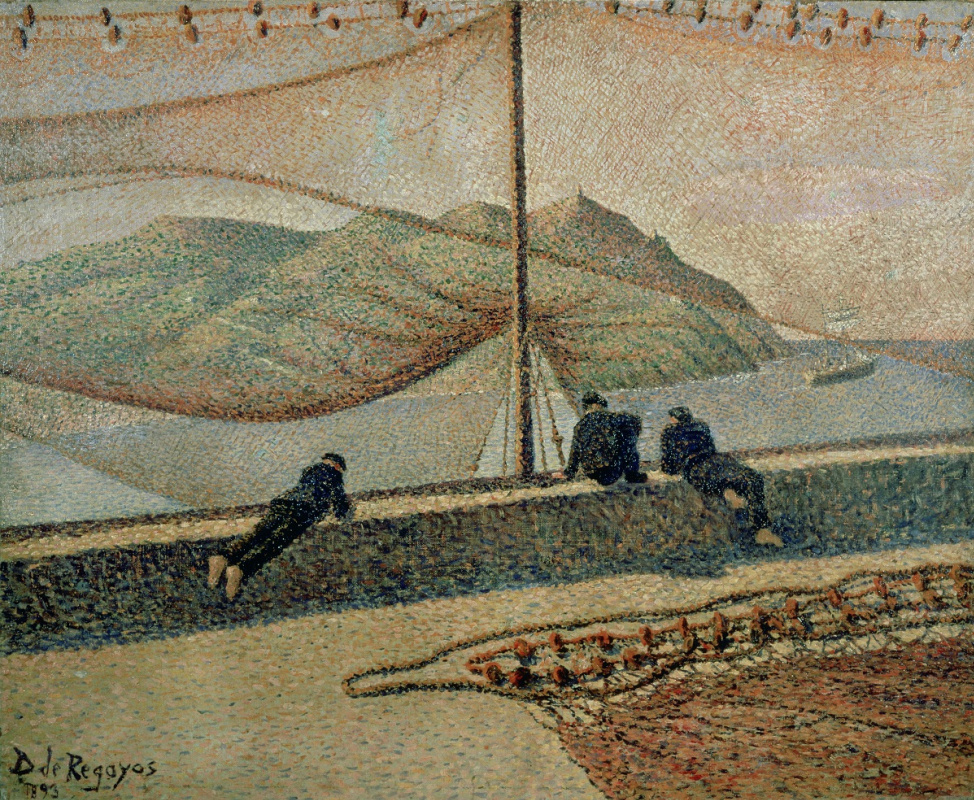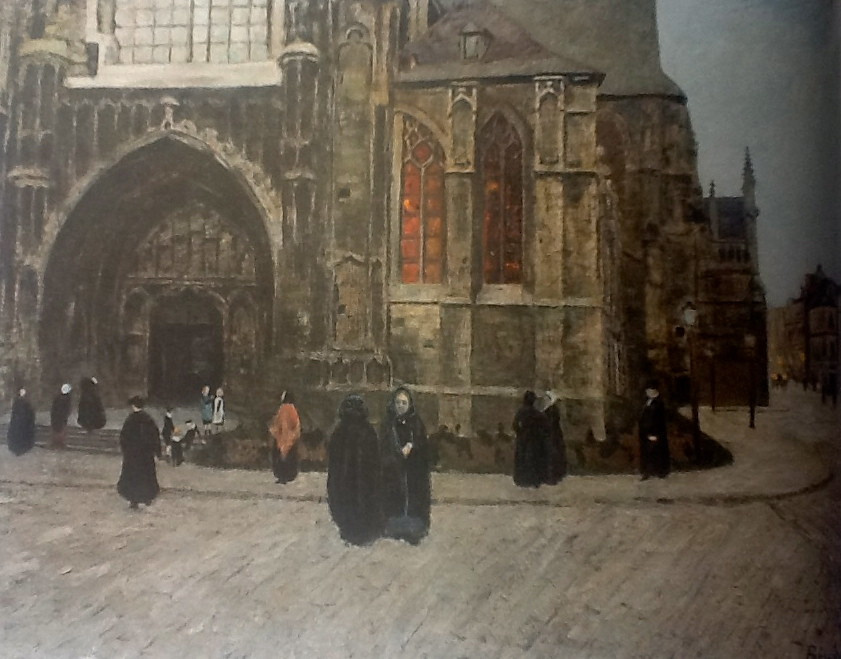Abstain from using Google and try to name as many 19th century Spanish artists as you can. And what about the Spanish impressionist artists? Even advanced art lovers would only remember Joaquín Sorolla. The situation is much simpler with the preceding and succeeding epochs — there are Velázquez, Goya, El Greco, Zurbarán, and Picasso, and Dalí. Let’s undertake to fill this time gap and recall the names of Spanish artists who created their amazing works at the borderline of the national tradition and modern artistic trends of the second half of the 19th century.
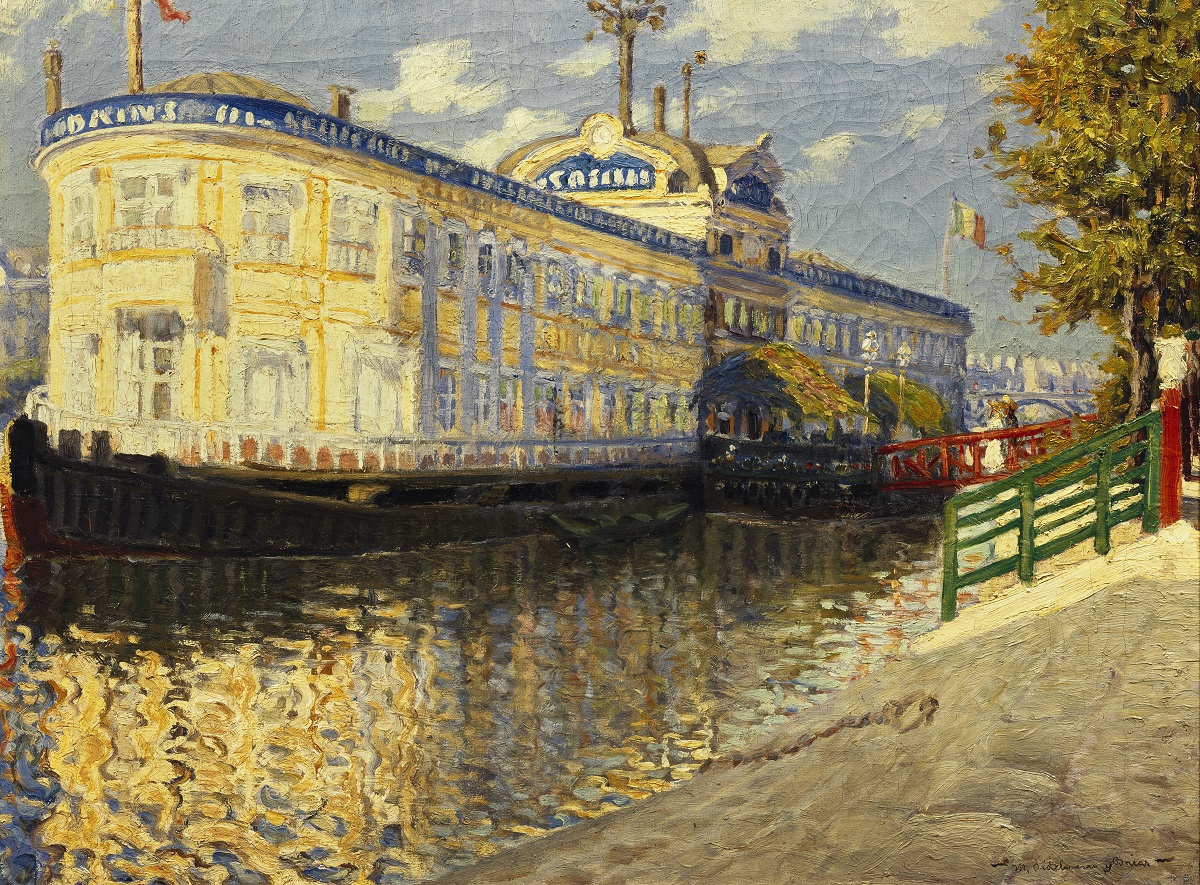
It would not be an exaggeration to say that modern art, and impressionism
in particular, owes much of its birth to Spain. As a result of complex political and military troubles, Spanish art of the 16—18th centuries, which was harsh, powerful, audacious in its colours and mystical in its mood, turned out to be accessible to the French audience and showed Édouard Manet a way out of the centuries-old, exhausted academic tradition.
Still little known to the French, the paintings of Spanish Old Masters came to Paris as a result of Napoleon’s Spanish campaign. Some decades later, King Louis-Philippe opened a special Spanish gallery in the Louvre. And when, in the 1860s, Édouard Manet was looking for pictorial, colouristic and compositional inspiration for a new painting, he found it in the works of Velázquez and Goya. It is very interesting that the Spaniard Mariano Fortuny was a contemporary of Manet, and his works were incredibly popular, in contrast to the scandalous paintings by Manet. The journalist Théodore Duret, who posed for Manet for a portrait, once asked the artist not to put his signature in a prominent place on the canvas, then Duret could tell the audience that the famous Fortuny painted the picture. This was the only way to make the Parisian public pay attention to the painting quality and prevent the ridicule and attacks that were inevitable when mentioning the name of the scandalous Manet. Manet himself liked the idea with an "inconspicuous" signature, and he wrote his name upside down. So who was this popular Fortuny?
Self-portrait
1858, 62.5×49.5 cm
Mariano Fortuny
Fortuny lived only 36 years, but he was a real star, and far beyond the borders of his homeland. Mariano became an orphan at the age of 12, and he was raised by his grandfather, a carpenter, who taught his grandson how to sculpt wax figures and paint them. The boy mastered this craft so skilfully that Spanish patrons paid attention to him and paid for his studies at an art school. After graduating from school, Fortuny immediately won the competition and received a scholarship for a two-year study in Rome.But the most important impression and creative impulse for Fortuny were his trips to Morocco. Everything happened unexpectedly and by itself as well: the Spanish-Moroccan war broke out, and the Barcelona authorities sent the artist to Morocco to watch the battles and record the military victories of Spain. Beside his primary task of the military artist, Fortuny also made peaceful sketches of local residents, architecture, landscapes. Morocco fascinated him, and he would return to this country more and more, no longer burdened by any government orders.
Mariano Fortuny was incredibly popular in Paris in the 1860s, Russian artists Ilya Repin, Pavel Chistyakov, Valentin Serov, Vasily Polenov admired him. A long fascination with the Orient made Fortuny the main orientalist in Europe, and when he took up genre paintings of Spanish life (1, 2), the main connoisseur of Spanish exoticism. His paintings of the Spanish period were so full of details, decoration, items, costumes, interior delights that they invariably aroused admiration of the French public, who had everything Spanish in vogue.
Late Fortuny’s Street in Granatello, Portici painting was exhibited at the Museum of Russian Impressionism
.
Mariano Fortuny died unexpectedly in 1874, exactly the year of the first impressionist exhibition in Paris. But the works of his last years testify to the beginning of a completely new stage in his work: on numerous landscapes from Granada and Portici, real impressionistic light is poured and real impressionist coloured shadows lie.
Paris would become a point of attraction for young artists very soon: Italians, British, Americans, even Japanese come here to learn about new art that has challenged the academic tradition. And of course, a group of young Spaniards would arrive in the Parisian Montmartre artistic quarter.
Paris would become a point of attraction for young artists very soon: Italians, British, Americans, even Japanese come here to learn about new art that has challenged the academic tradition. And of course, a group of young Spaniards would arrive in the Parisian Montmartre artistic quarter.
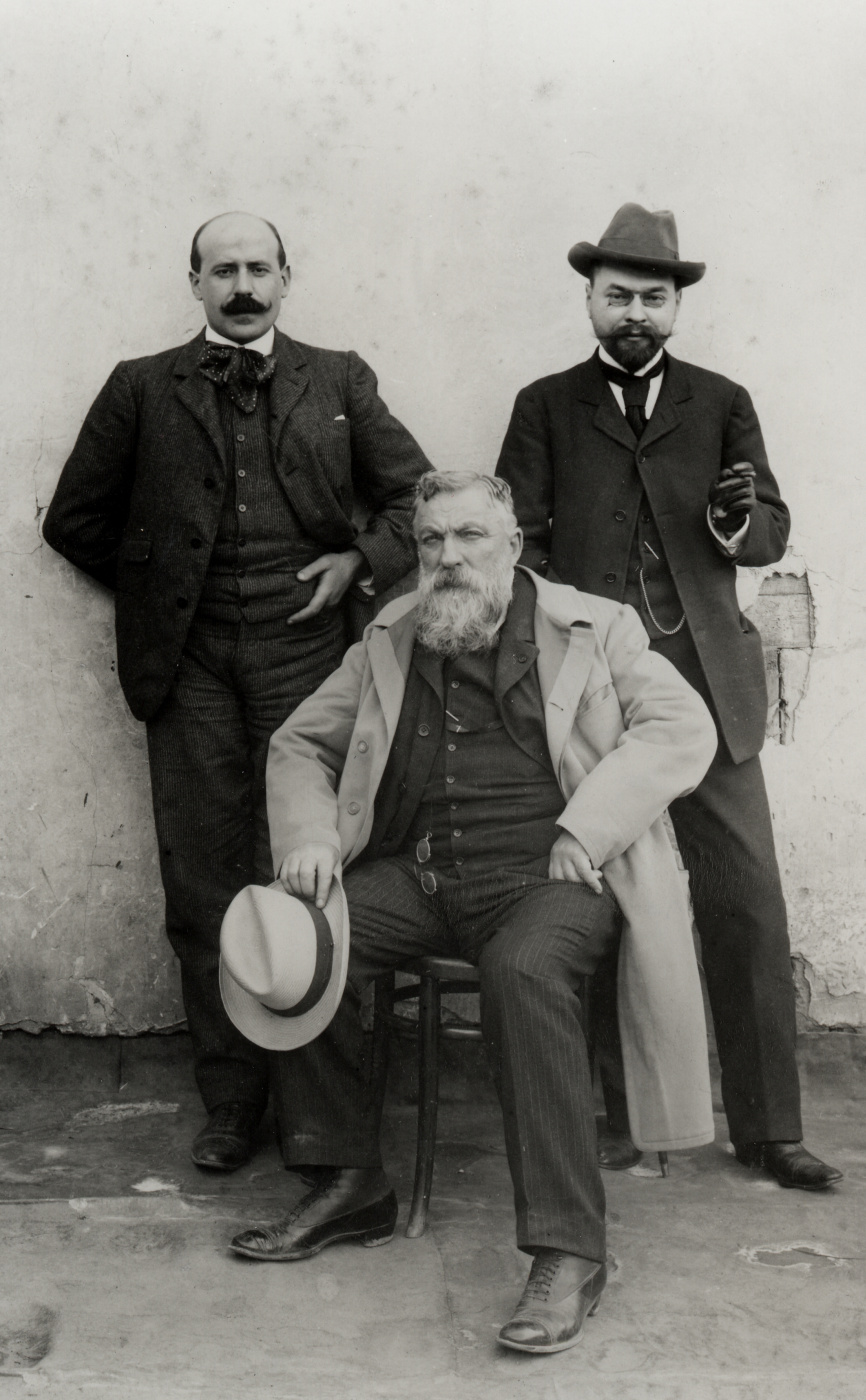
Ignacio Zuloaga, Auguste Rodin and Ivan Shchukin on their trip to Spain in 1905
Ignacio Zuloaga
Ignacio Zuloaga was fantastically popular in Europe and America. John Singer Sargent wrote an enthusiastic introduction to a catalogue that had been released ahead of the artist’s American exhibition tour. Gauguin and Toulouse-Lautrec admired his work and were his close friends, Auguste Rodin travelled through Spain with him. Russian collectors sought possession of his works; and during the years of this general obsession with Zuloaga, the collector Mikhail Ryabushinsky bought one of his best works, Dwarf Gregorio. Now this painting is in the collection of the Hermitage collection in Saint-Petersburg, Russia. His paintings were bought directly from exhibitions by Paris and Barcelona museums, his works were included in national expositions at the Venice Biennale and world exhibitions. Ignacio Zuloaga, who fulfilled his own artistic mission and did not try to please anyone, found himself at the right time and in the right place — on a high tide of passion for all Spanish in Europe, in particular, in France.
Dwarf Gregorio
1908, 187×154 cm
Zuloaga’s main educational institutions were bars and art studios of Montmartre in Paris and the Prado Museum in Madrid. He equally divided his time between France and Spain, at the time of the glory that fell on him, he lived in America for several years. But at the same time, he did not fit, strictly speaking, into any of the artistic trends at the turn of the 19th and 20th centuries. The guidelines of his creative development certainly were not academic rules and instructions, but rather the cultural myths of Spain: bullfighting, flamenco. And art critics claim that the artist El Greco was rediscovered by Zuloaga. While the Prado Museum in the 1880s refused to include El Greco’s paintings in its collection calling them "ridiculous caricatures", Zuloaga bought two paintings: The Vision of St. John and Saint Francis Receiving the Stigmata. There is a legend that Pablo Picasso saw The Vision in Zuloaga’s Paris studio, and this painting made a powerful impression on him and influenced the composition and style of Les Demoiselles d’Avignon.
Obsessed with the idea of national consciousness, the Spanishization of Spain, the return of greatness to his country, Zuloaga sought inspiration in national costumes and types, old architecture of his country and dark dramatic skies.
By the age of 50, Zuloaga had become a recognized and successful artist: he appeared to be able to buy an old medieval castle to permanently settle in his beloved region of Spain, Castile, became president of the Museum of Modern Art in Madrid; one of his exhibitions was opened by King Alfonso XIII himself.
Santiago Rusiñol
Rusiñol belongs to the generation of young Spanish artists who rushed to Paris in the 1880s in search of inspiration and invaluable knowledge about new, modern art. They settled in Montmartre, the Parisian block, where housing was cheap and residents were half-starved. But it was here at the tables of artistic cafés that the most violent disputes about art took place, here, Toulouse-Lautrec painted prostitutes, and singers, and cabaret dancers, Whistler blended new shades of white on his palette, Degas invited young ballerinas to his studio and exhausted them with hours of posing sessions, and enamored Renoir multiply painted Aline Charigot, his future wife. In short, the most important things happen in Montmartre.
Barges on the Seine
1894
Rusiñol was born in Barcelona and in his youth, he tried to work in the family textile production, but not for long. Already in his teens, Santiago decided on two activities that bring him special pleasure: drawing and travelling. Therefore, after boring textile experiments, he quickly went to study at the Aquarelle School of Barcelona, and his passion for hiking eventually grew into serious archeology.
In Paris, Rusiñol lived with his friends Ramón Casas and Ignacio Zuloaga, and upon returning to Barcelona, enchanted by the the Black Cat café, the Montmartre centre of bohemian life, with the artist Miguel Utrillo, they opened the Four Cats artistic café. After a while, the first exhibition of Pablo Picasso would take place here.
In Paris, Rusiñol lived with his friends Ramón Casas and Ignacio Zuloaga, and upon returning to Barcelona, enchanted by the the Black Cat café, the Montmartre centre of bohemian life, with the artist Miguel Utrillo, they opened the Four Cats artistic café. After a while, the first exhibition of Pablo Picasso would take place here.
Santiago Rusiñol, who went through fascination with impressionism
, Whistler’s tonalism
, Puvis de Chavanne's symbolism
, study
of the Spanish painting tradition, became famous when he overcame all influences and started speaking in his own manner. For many years Rusiñol would paint gardens, deserted, well-groomed, blooming, a perfect combination of the natural beauty and human zeal, constant painstaking work. But the most famous work of the artist is his own home. In the Spanish town of Sitges, Rusiñol bought a fishing hut, and a house nearby after a while, and turned this place into an open hall with his personal collection and a venue for noisy art festivals (60 Spanish artists came to the first event organized by Rusiñol). Now the house of Rusiñol and its collection of forged products, glassworks and artworks are the Cau Ferrat Museum.
Ramon Casas in Paris
1887, 165×96 cm
Ramón Casas
Ramón Casas was a young genius who was extremely successful in everything. Having noticed their son’s passion for drawing, his parents (very wealthy entrepreneurs) took him out from his school when the boy was only 11 years old. At 15 he became a co-author of a Barcelona art magazine, and in the same year his parents sent him to Paris to study under a fashionable painter Carolus-Duran and regularly supported him with money and faith in his vocation. After two years, his work was already accepted at the Salon.In a few years, Casas would be the very inhabitant of Montmartre, who did not let his compatriot artists Zuloaga and Rusiñol die of hunger. On his return to Barcelona, he would invest in the Four Cats café, because the rest of the founders could only invest their enthusiasm. This establishment became the city’s only alternative to the traditional exhibitions of academic art at the Sala Parès gallery.
Casas’s painting, Ramón Casas and Pere Romeu on a Tandem, adorned the wall of the Four Cats café
Ramón Casas became the most famous modernist painter in Barcelona, he was familiar with the Bohemia of the city and painted portraits of half of them. Moreover, he easily mastered poster
art and graphic design: alcoholic, furniture, soap, apparel brands, magazine editors, festival and bullfighting organizers, even syphilis clinics were all eager to order ads from Casas. During the renovation of the Fonda España hotel, the artist was invited to paint the walls and ceiling of the restaurant.
One day, forty-year-old Ramón Casas met 18-year-old lottery ticket saleswoman Júlia Peraire, and his life changed dramatically. Júlia became his only beloved, model, mistress for a long time. And only 16 years later — his wife. Even by this time, his family, who otherwise supported their son, could not accept his choice of a life partner.

Darío de Regoyos in the open air, 1905. Photo: www.tuttartpitturasculturapoesiamusica.com
Darío de Regoyos
Darío de Regoyos grew up in Madrid, in the family of an architect who was invited from Valencia to rebuild and modernize the metropolitan areas. For Regoyos the student, who studied at the Madrid School of Painting, Sculpture and Engraving for 2 years, a trip to Brussels was a turning point in his career and life. It lasted quite long.In Belgium, the young artist was fascinated by artistic life: he met the artist Théo Van Rysselberghe and the poet Emile Verhaeren. And after a while, he became the only foreigner in the famous Belgian Les Vingt (The Twenty) group, the one that arranged the exhibitions of Berthe Morisot, Camille Pissarro, Georges Seurat, James Whistler, John Singer Sargent, Henri de Toulouse-Lautrec in the mid-80s. It was at one of the Les Vingt exhibitions that a historic purchase was made — Van Gogh’s Red Vineyards at Arles were sold. In a word, the Brussels artistic Bohemia and even the Belgian audience turned out to be susceptible to art, still strongly rejected by the French. And of course, the Les Vingt participants themselves experienced the strongest influence of the new French art.
Nets
1893
Darío de Regoyos experimented with the pointillist technique for several years, and in 1893, his Neo-Impressionist work, Las redes, was presented at the Paris Salon des Indépendants. Parisian art dealer Durand-Ruel has organized several personal exhibitions of Regoyos in a row. Frankly speaking, Regoyos became known and recognized abroad much faster than at home: in Madrid, his works were treated coldly, and at one of the exhibitions in Barcelona, a sad and wonderful story happened to his painting, The Month of Maria in Brussels (by the way, this painting was presented at the Moscow exhibition).
The Month of Maria in Brussels delighted local artists so much that they decided to buy the painting and donate it to the Barcelona Museum. The total purchase involved five artists (including Rusiñol and Casas), two critics and the architect Antoni Gaudí. Unfortunately, the museum declined the gift.
P. S. The Museum of Russian Impressionism in cooperation with the Aurea Cultura I Art cultural foundation, presented the Impressionism
and Spanish Art exhibition in autumn 2019. It presented 60 paintings, sculptures and graphics by 18 Spanish artists who participated in a grand revolution in art, lived in Montmartre, took part in exhibitions of the Paris Salon, in exhibitions of French Impressionists, returned to their homeland and became heralds of the new art. In addition to the paintings of the five artists we talked about, there were yet other painters at the exhibition, of course: Joaquim Mira, Marian Pidelaserra, Isidre Nonell and others. And four paintings by the classic of Spanish impressionism
, Joaquín Sorolla. But you already know so much about him, don’t you?






